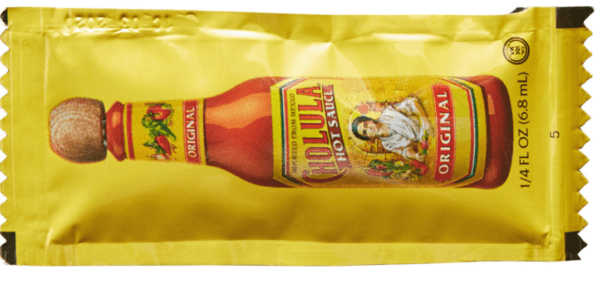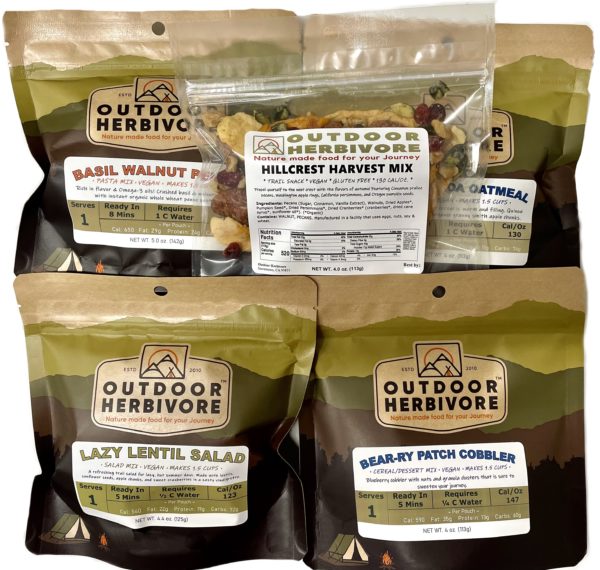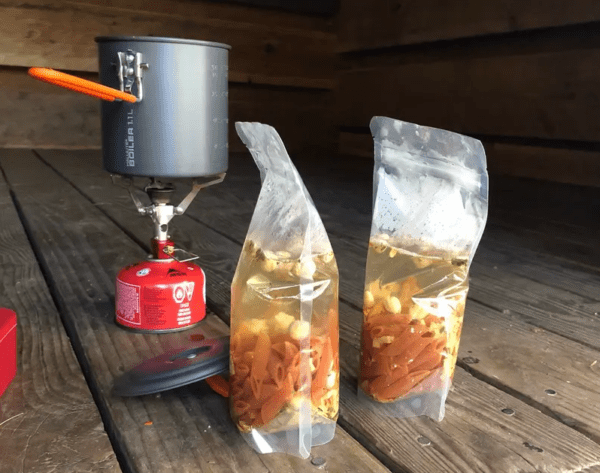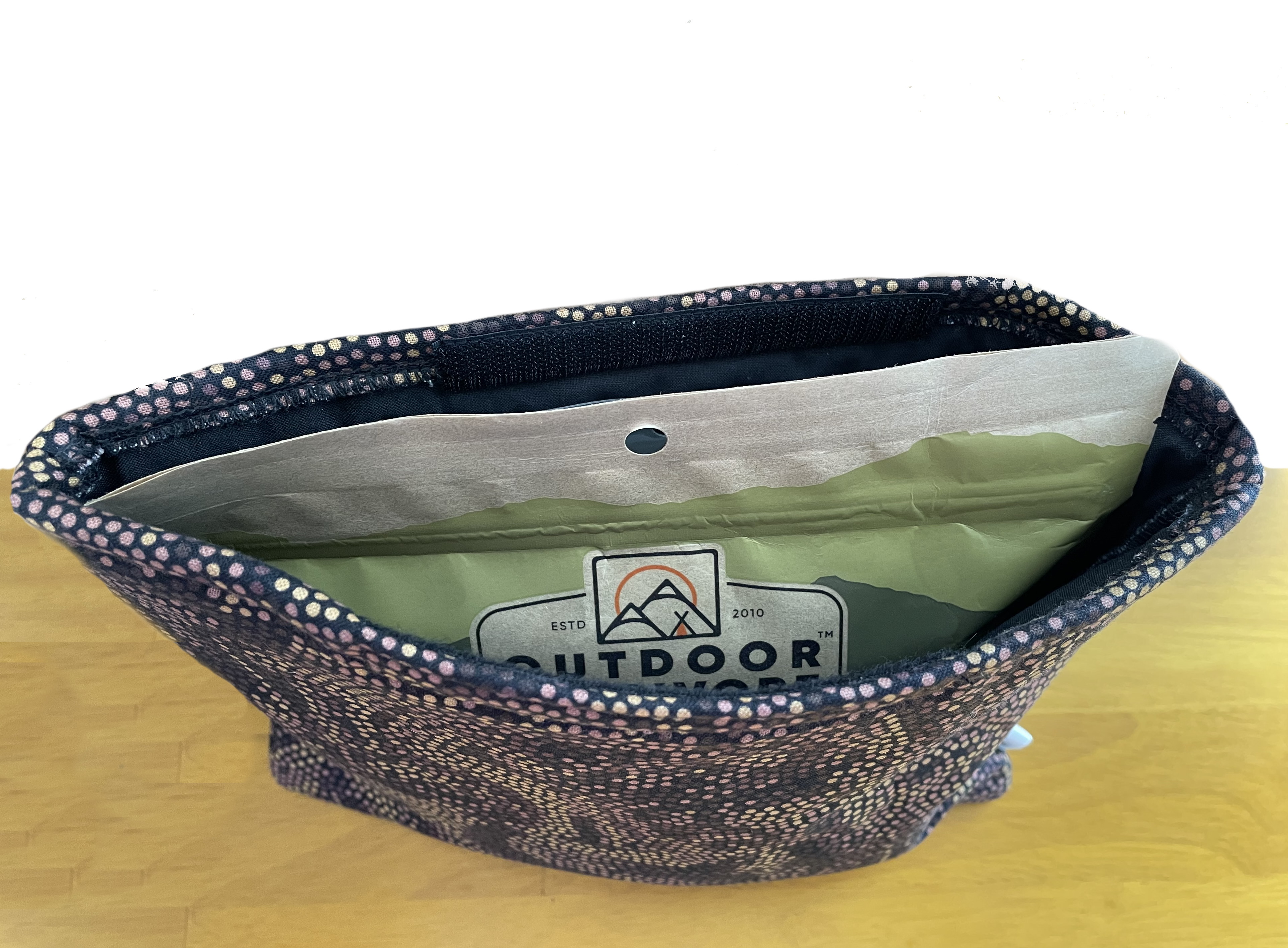If you are new to the world of backpacking and freeze-dried meals, one of the most important things to consider is what you’ll eat while on the trail. Here are a few tips to help you plan and purchase meals for your first backpacking trip.
What Foods to Pack – Commercial Backpacking Meals versus Grocery Store Food
Commercial Backpacking Meals. You’ll need plenty of energy to fuel your adventure. Freeze-dried meals are the standard for backpackers, as they are lightweight, easy to prepare, filling, high in calories, and keep a long time without spoiling. Although expensive, backpacking meals are convenient since they’re already cooked and require simply pouring water into the waterproof pouch and reconstituting for a few minutes. Eating freeze-dried food also contributes to the wilderness experience.

Grocery Store Foods. Instead of backpacking food, quick-cook pasta sides and ready-to-heat soft pouches from grocery stores can work for short trips, although you’ll need more calories for multiple days. Another downside is that these meals are heavier (if wet-packed), and the dried mixes are typically parboiled instead of fully cooked, so you’ll have to simmer them in an actual cooking pot. That means you’ll have to wash dishes which is inconvenient if you’re not camped near water.
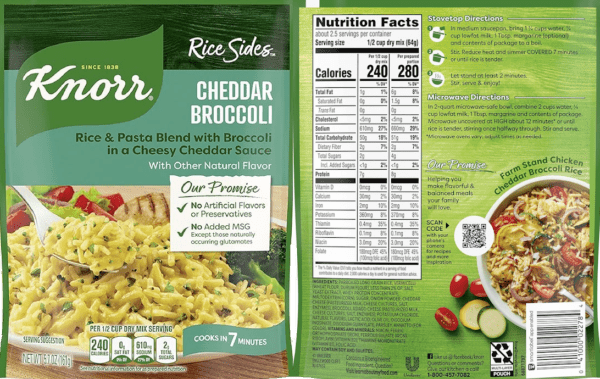
Example of a daily meal plan:
- Breakfast: oatmeal packets and instant coffee are an easy bet.
- Lunch: keep it simple by taking snacks and no-cook meals with minimal preparation so you can eat quickly along the trail and get back to hiking.
- Dinner: hot entrees that offer plenty of calories to replenish your energy stores while you sleep. Rice and pasta meals are filling.
Test Unfamiliar Brands At Home. For longer trips, we recommend testing any new backpacking meals at home before you head out to ensure they agree with you. Choose meals using ingredients you are familiar with and like. While it’s important to consider nutrition, choosing meals you’ll enjoy is important. You’ll love it on the trail if it tastes good at home.
Most importantly, you want to make sure what you are eating doesn’t cause you any intestinal havoc. You don’t want to be sick on the trail.
We also recommend checking the sodium content, as many backpacking food brands are overloaded with salt. The short-term effects of ingesting too much sodium can cause excessive thirstiness, stomach bloating, swelling of the hands or feet, and a rise in blood pressure. More about low sodium backpacking meals.
Add Flavor with Condiments. Packets of hot sauce, olive oil, soy sauce, balsamic vinegar, and mixed spices go a long way to enhance the flavor of bland foods.
Look for variety. Eating the same thing every day will get boring, so take a variety of meal options. For longer trips, consider multi-day meal kits. Outdoor Herbivore offers multi-day meal kits that provide a different meal for each day of your trip.
Consider the packaging. Freeze-dried meals come in various packaging options, including single-serving and two-serving pouches and larger bulk sizes. Consider what will be most convenient for your trip and how much space you have in your backpack. Bulk instant freeze-dried ingredients and meal mixes are great for creating recipes to pack in rehydration pouches. These pouches can also work well if you must repack commercial backpacking brands using bulky bags. Although wasteful, rehydration pouches are convenient and don’t require clean-up.
Consider using an insulated cozy for pouches. Cozies do wonders for keeping your meal hot while rehydrating, especially at high elevations when food takes longer to cook and when it’s cold.
Read reviews. Before purchasing any freeze-dried meals, take some time to read reviews from other backpackers. This can help you understand the taste, quality, and overall experience of using different brands and types of meals. See Outdoor Herbivore’s backpacking food reviews from our customers.
Don’t forget to pack out! Everything you take in must be packed out. This includes all waste, meal bags, and uneaten foods. Learn more about Leave No Trace Principles.
Enjoy your first adventure on the trail!
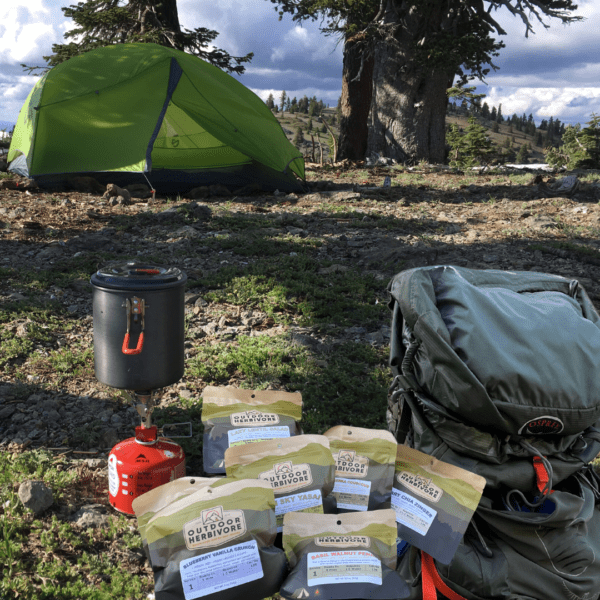
Resources
- Storing and Packaging Homemade Backpacking Food
- Backpacking Food Packing and Preparation Tips for Beginners
- Everyday Grocery Items for Backpacking
- Make Backpacking Meals with Bulk Dried Ingredients
